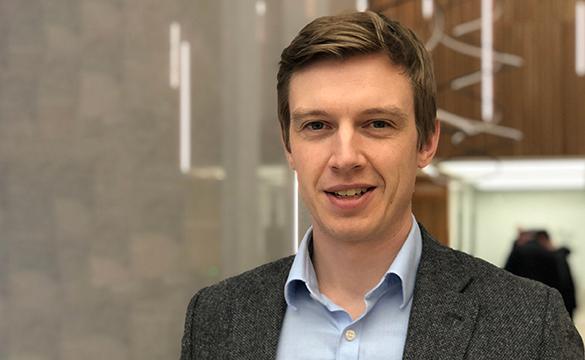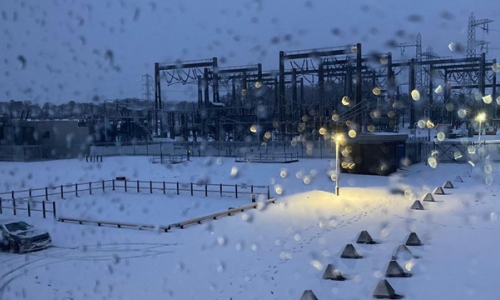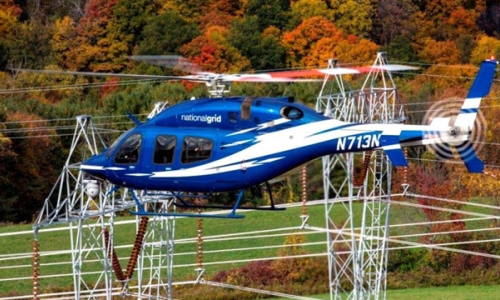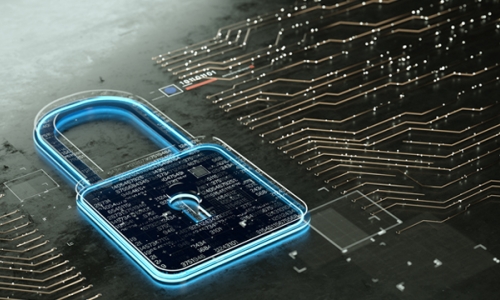
Future Thinking: How digital is helping to decarbonise the energy system
Combatting climate change is the biggest challenge facing us today. Taking on this epic task requires innovative thinking and diverse skills. Here Dave Adkins, ConnectNow Product Manager, talks about how digital technology is helping us bring more clean energy sources onto the UK network.
In 2019 Britain experienced the cleanest year on record. For the first time since the Industrial Revolution, the amount of zero carbon power outstripped that generated from fossil fuels. This is a clear signal that the energy landscape is being transformed as more and more renewable power is connected to the electricity network.
When I joined National Grid 10 years ago, we would get around 30 applications to connect every year; last year we got over 200 and most of those were from clean energy generators.
Over the past three years alone we have seen a four-fold increase in requests to connect, mainly from renewable and green sources like solar, wind and battery. This shift is allowing us to make great steps forwards in our journey to decarbonise the energy system and help the UK reach its net zero targets by 2050. But it also throws up a few challenges for an engineering business traditionally used to connecting up huge gas, coal and nuclear power stations.
Making connections
Connecting to the electricity network is complex. We are an engineering business and the process is full of detailed specifications, detailed language and pages and pages of rules. That’s important as the bar for connecting to a network designed to move high-voltage electricity around the country should be high. But the process should still be as clear and customer-centric as possible.
When we asked our customers, we discovered that our application and development process was anything but smooth. They likened it to dropping into a black hole, which is not what you want to hear!
It was time to make some changes to how people connect to our network and this is what inspired our new digital customer portal, ConnectNow. This is a one-stop destination for electricity connections customers, where they can research where and how to connect, and then follow the progress of the project and associated finances in real time.
The customer is always right
But before we wrote a single line of code we talked to our customers. As they were the ones who told us they were struggling with our systems and processes, it made sense to ask them to help us fix them.
We knew a digital solution was the best option, but before we made any more decisions we asked for feedback. We took customers through our current processes to find the pain points and then looked for solutions. Then we’d go back to our customers and ask them ‘Does this solution make things easier?’ If the answer was no, we went back and worked on a better solution.
We didn’t just build what we thought the right answer was, we asked our customers what the right answer was for them and built it for them. While the process retains a vital level of detail, we’ve now simplified it and made sure it responds to customer needs, rather than internal processes. It might not sound that cutting edge, but it’s a first for the energy industry.
The tools we have built are focused on the needs of smaller connections that are helping us to bring more clean energy onto the network. Typically, these newer entrants have less expertise in our industry, so it was vital to ensure they could access all the support they need to help them through the process. This lower barrier to entry smooths the path for more renewables to connect and around 90% of the new generators we are supporting are delivering greener, cleaner energy.
An iterative solution
The way we introduced ConnectNow was different too. National Grid is used to delivering huge engineering projects that can take years, or even decades, to complete. We took the opposite approach, opting for a high-speed, iterative solution, and delivered the first stage of ConnectNow in just five weeks.
This was only a small piece of new functionality, but it meant we could build quickly, deploy, get feedback and refine. We have been working on ConnectNow for the past year and have continued to push a fast schedule for updates – making changes every eight weeks.
Thanks to the ConnectNow project, we’re now exploring more ways to use digital technology to help automate the connection process, so customers can do it all for themselves. The first stop is gathering much more data about our network, so we can provide customers a more accurate cost range. After that our goal is to fully digitise our own, internal offer and development processes.
ConnectNow is an example of how we’re deploying all our expertise across the entire business to help support the journey to net zero. From building vast undersea interconnectors (high-voltage electricity cables) to enable us to share energy with our neighbours in Europe, to digital development projects like this, we’re innovating to help transform the energy system for the future.



